Entry Category: Arts - Starting with B
Baker House
 Baker House
Baker House
Ballet Arkansas
Band Museum
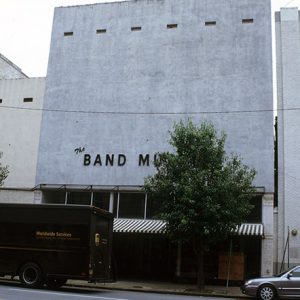 Band Museum
Band Museum
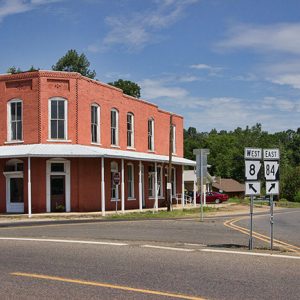 Bank of Amity Building
Bank of Amity Building
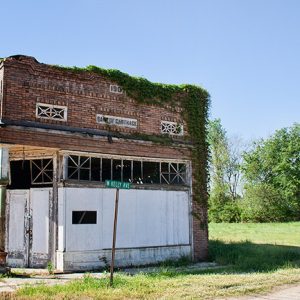 Bank of Carthage
Bank of Carthage
Bank of Carthage
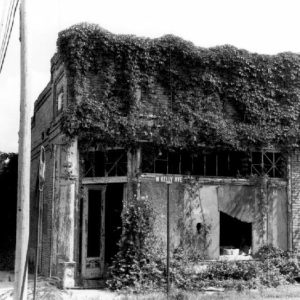 Bank of Carthage
Bank of Carthage
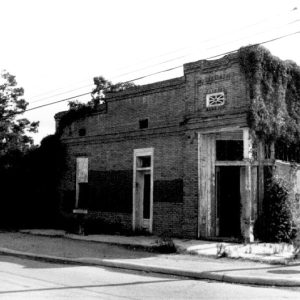 Bank of Carthage
Bank of Carthage
 Bank of Carthage
Bank of Carthage
 Bank of Commerce
Bank of Commerce
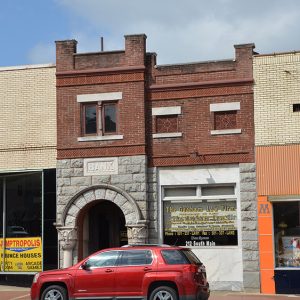 Bank of Malvern
Bank of Malvern
Bank of Malvern Building
 Bank of Malvern Founding
Bank of Malvern Founding
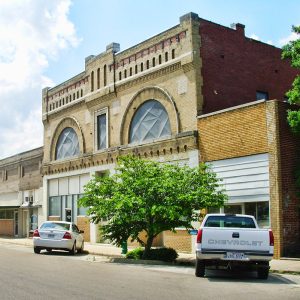 Bank of Osceola
Bank of Osceola
 Banks Home
Banks Home
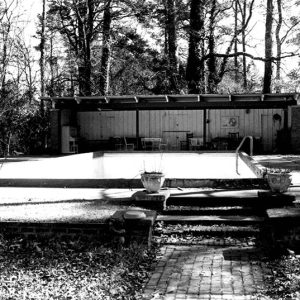 Banks Swimming Pool
Banks Swimming Pool
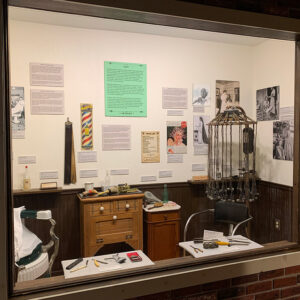 Barbershop/Beauty Parlor Display
Barbershop/Beauty Parlor Display
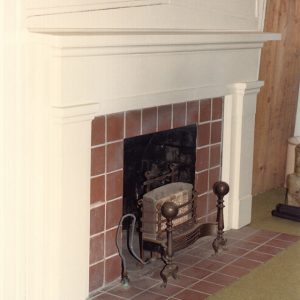 Barkman House
Barkman House
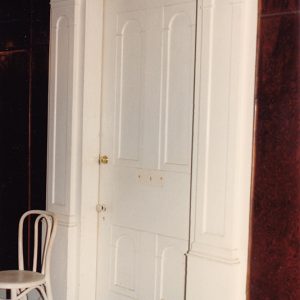 Barkman House Interior Door
Barkman House Interior Door
 Barkman House Staircase
Barkman House Staircase
 James E. M. Barkman House Exterior Door
James E. M. Barkman House Exterior Door
Barnes, Bruce “Sunpie”
Barron-Craig House
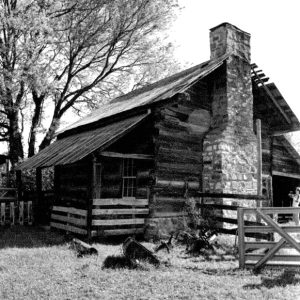 Barron-Craig House
Barron-Craig House
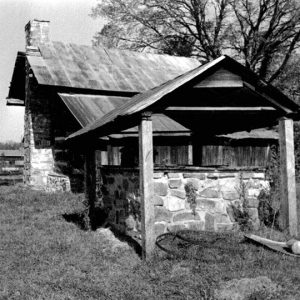 Barron-Craig House
Barron-Craig House
 Barron-Craig House
Barron-Craig House
Bartlett, E. M.
aka: Eugene Monroe Bartlett Sr.
Basketry
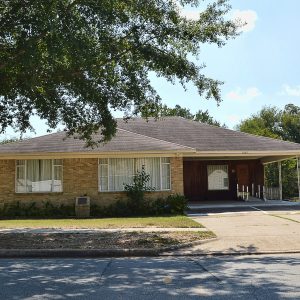 L. C. and Daisy Bates Museum
L. C. and Daisy Bates Museum
 Batesville Limestone
Batesville Limestone
Bathhouse Row
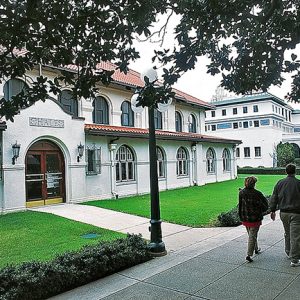 Bathhouse Row
Bathhouse Row
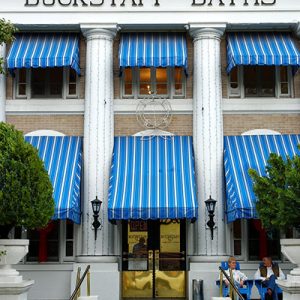 Buckstaff Bathhouse
Buckstaff Bathhouse
 Bathhouse Row Plan
Bathhouse Row Plan
Baxter County Courthouse
Bazooka [Musical Instrument]
Beacon of Peace and Hope
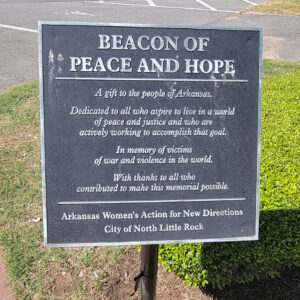 Beacon of Peace and Hope Dedication Sign
Beacon of Peace and Hope Dedication Sign
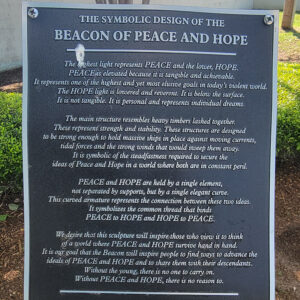 Beacon of Peace and Hope Sign
Beacon of Peace and Hope Sign
 Beaker Street Promo
Beaker Street Promo
Beatles, Stopover of the
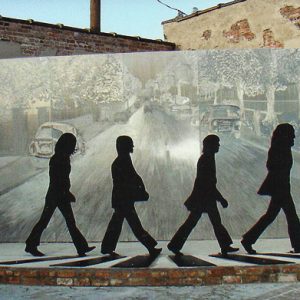 Beatles Sculpture at Walnut Ridge
Beatles Sculpture at Walnut Ridge
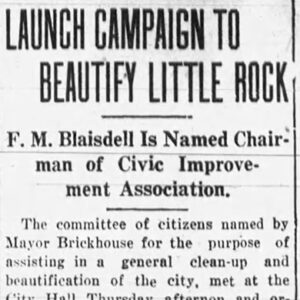 Beautify Little Rock Committee
Beautify Little Rock Committee
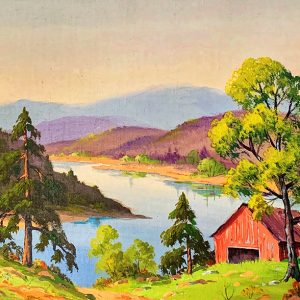 Beaver Lake
Beaver Lake




